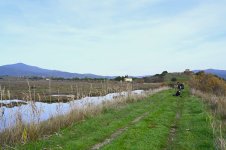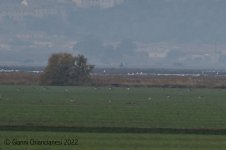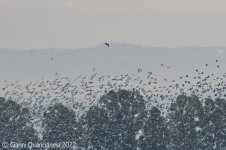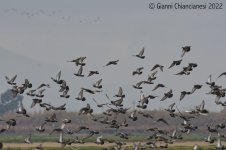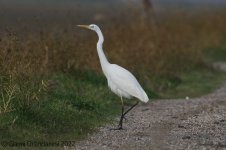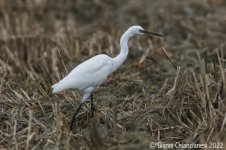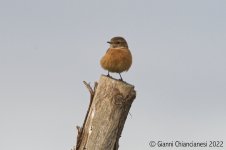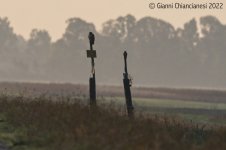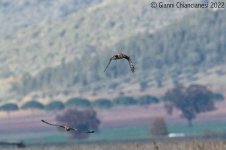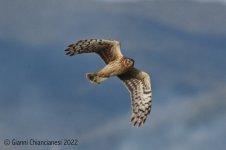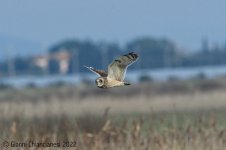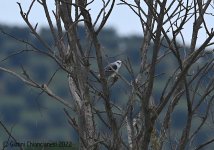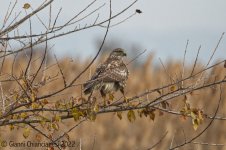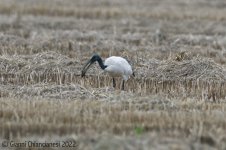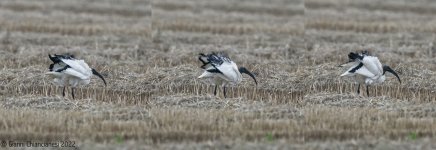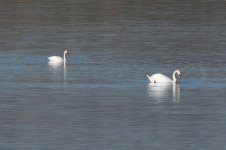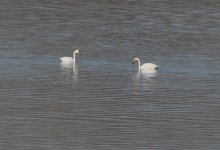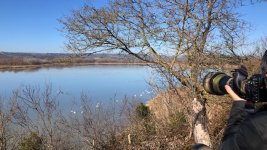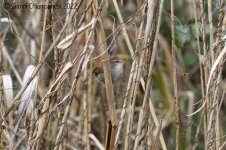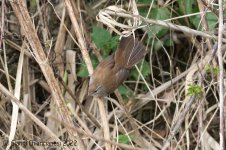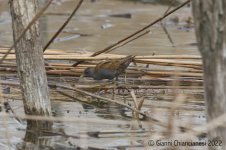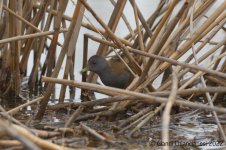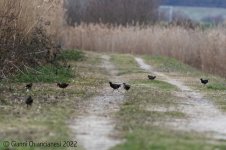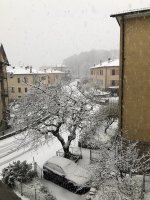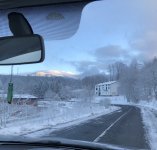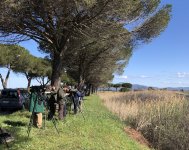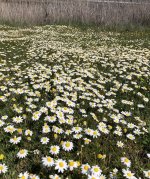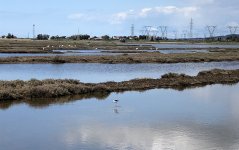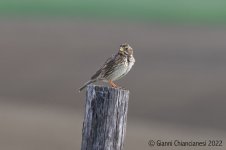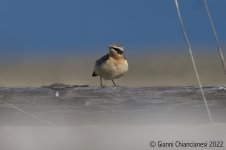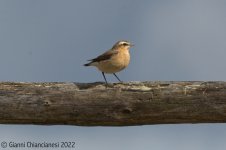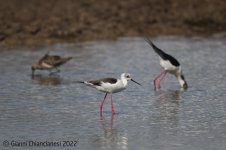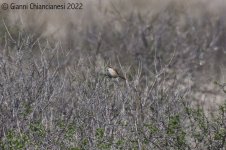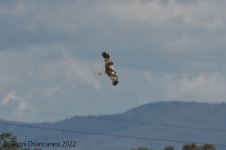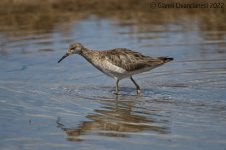So here we go... some winter stuff from the Tuscan coast, with a couple of rarities thrown in!
On December 30th we went for a day trip to one of central Italy’s largest wetlands, the Diaccia Botrona, near the town of Grosseto, just over an hour’s drive from home. G had been there 10 days earlier and had had a good day, with several species of birds of prey (a Short-eared Owl - a rare winter visitor in these parts - the most prominent among them), Geese, Cranes etc. On the 29th we heard reports of a Black-winged Kite in the area and decided to leave early the next morning, teenager in tow. The trip was a success, but we dipped on the Short-eared Owl, so G and I decided to go back on the 2nd, this time leaving the teenager to fend for herself (plenty of leftovers in the fridge at this time of the year!).
We had fun both times, seeing all our target species, most specifically the Black-winged Kite, which we first spotted on the 30th a tree near the access road: shortly afterwards a passing car made it fly off to a nearby wire, until it was finally scared off by a photographer who (as is often the case) ventured too close. We saw it again as soon as we arrived on the 2nd on a tree by the river, this time a little closer - it left its perch to catch a small rodent and then returned to the tree to eat its breakfast.
As for the Short-eared Owl we dipped on the 30th and we were sure to dip the second time, too as we only managed to see it (and only briefly) at dusk as we were leaving towards home. On the 30th though we were very surprised to see its cousin: a Long-eared Owl in broad daylight, perched on the bank of a ditch along the dirt road that cuts through the fields next to the wetland.
Overall we had an impressive 11 species of birds of prey over the two trips (including the Kite and the two Owls): Marsh and Hen Harrier, Kestrel, Buzzard, Peregrine, Merlin (at least two individuals, one of which nearly knocked me over while chasing a small bird, probably an Italian Sparrow), Osprey and the Greater Spotted Eagle which has been wintering here for at least 15 years (nobody knows if it’s the same individual) and is usually found perched on a small tree in the middle of the wetland.
We didn’t venture into the wetland area itself but walked along its eastern embankment, which affords good views both inside and on the neighbouring fields. From here we had good views of the hundreds of Greylag Geese and Flamingoes, along with Spoonbills, Great White and Little Egrets, Grey Herons and Golden Plovers. Other waders included Dunlin, Lapwing, Redshank and Greenshank, while among the ducks we saw Shelduck, Shoveler, Teal, Pintail and Wigeon.
In the fields we also saw 15 White-fronted Geese, several groups of Cranes, Meadow Pipit, Reed and Corn Bunting, Skylark, Curlew, Jackdaw, and 15 Sacred Ibis a few km away.
Considering that we hadn’t done much birding at all in the past couple of months the final tally was definitely more than we expected and the Kite and SEO a real bonus. Let’s hope this is only the beginning of a good birding year!
Happy New Year to all on BF and let’s hope that 2022 is better than its two predecessors…





